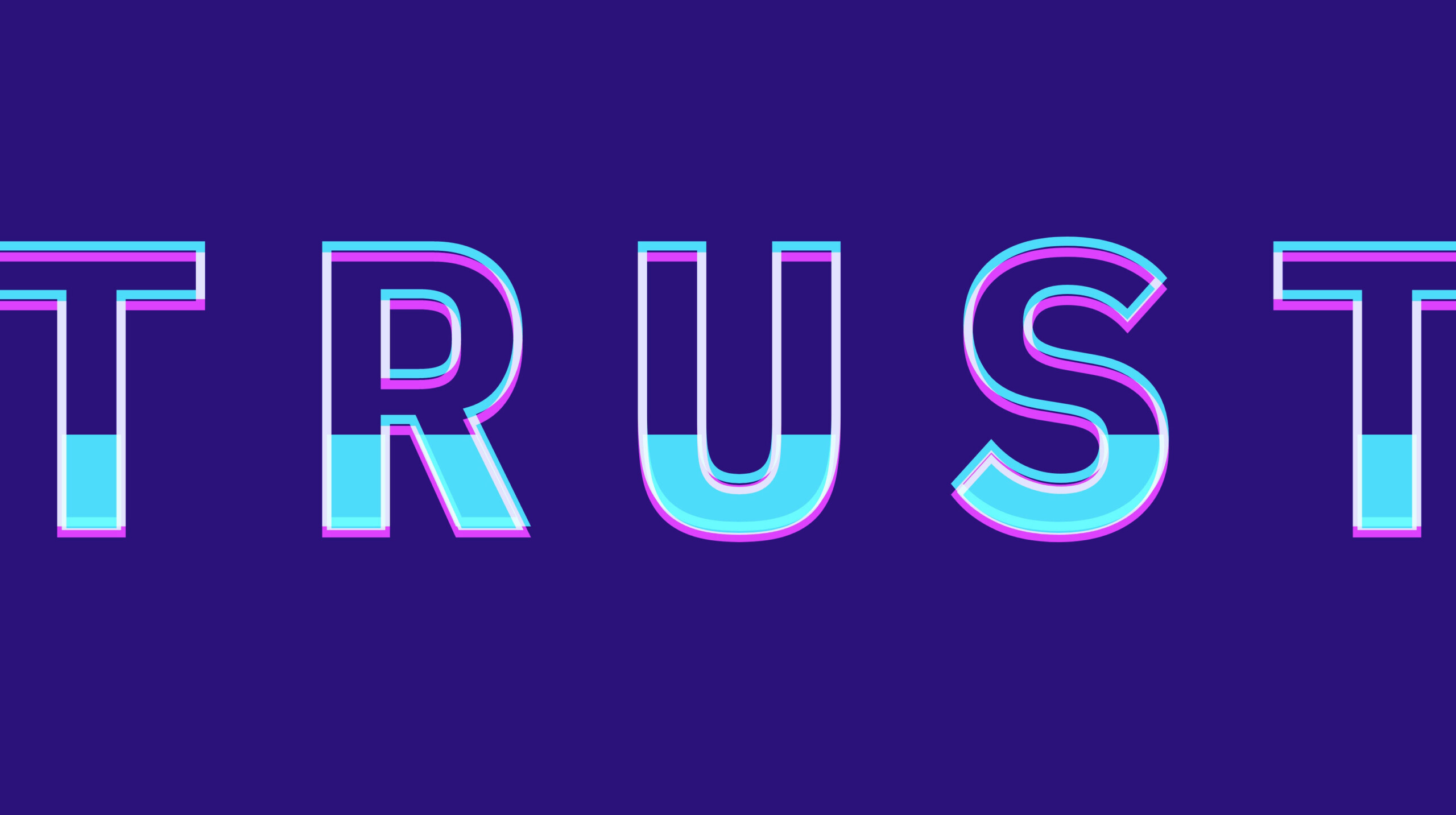by Howbridge Team
Share
by Howbridge Team
Share

There are some TV characters we begin to love and cheer for over the years. Daryl Dixon from “The Walking Dead” is one of them. His greasy hair and his humble attitude make as lovable as any character in television history. Everyone who watches the show loves Daryl. Why? Because Daryl knows who he is, intelligent enough to know what’s right and wrong, kind to every individual around him and always reliable if there is a problem.
If Daryl was a brand, everyone would want to be a part of it.
Brands are built to be genuine, trustworthy and so dependable that maybe, just maybe, your customers would rely on them during a zombie apocalypse. (You’d most likely have to sell guns for that to happen.)
So how can your customers see your brand the way every “The Walking Dead” viewer sees Daryl Dixon?
Well, customers want to know that your company is reliable, trustworthy and can offer valuable insight.
Why Trust is Everything as a Brand
If a customer does not trust your brand, eventually you will lose that customer to a competitor. Every customer is looking for a brand that is reliable, honest and known for great customer service. We often tell our client that they should view their brand as having intimate, one-on-one relationships with each client. The goal is, every customer should feel that they received great value and service tailored to their individual needs and that you are invested in their success.
By the ever so famous Anonymous came the quote,
“People will forget what you said. People will forget what you did. But people will never forget how you made them feel.”
This applies to all brands out there. Your customers will trust you depending on how you made them feel in the past, present and future. Is your customer service at it’s prime? Review how your employees, social media, and the rest of your brand’s social engagement treats it’s customers to see if there could be improvements. The most successful brands are always looking to improve.
Whatever service or product your brand sells, you need to be sure it is reliable and worth trusting. If not, then you need to start thinking about what is driving your customers away from your brand.
Share Knowledge
Whether it’s blogging something you read that day, or Instagramming an image of your product being used, there are a number of ways to share information and knowledge with your customers. These efforts will build trust and position you as a thought leader.
Social media allows us to have daily connections with our favorite brands. Capitalize on this opportunity by offering helpful tips, recipes, new product launches, you name it. Nordstrom is an excellent example of a brand that has taken advantage of multiple platforms to engage with their customers. They share knowledge online via Instagram, Facebook, etc. and in their stores via television screens that give style tips to their shoppers.
Think about your customers’ everyday situations and how your brand relates. What information can you share that is beneficial to your clients? Remember, you want to give them enough information that they will want to know more and take action.
Silos squash potential. At Howbridge, our experience shows that sustainable success sits at the crossroads of three elements: offerings, organizational dynamics and opportunities. In this blog post, we explain the O3 effect and our approach to creating continuous growth. Building a venture is filled with inflection points—none of them easy. But too often, companies face
No matter how successful the endeavor, the leaders who possess the drive to keep moving forward are the ones who continue to win. In this article, we explain why “scrappiness” is a core value at Howbridge—a characteristic all founders should aim to embody. As the saying goes, if you’re not moving forward, you’re falling back.
Whether at launch, growth, or transition stages, companies who want to make meaningful change face complex challenges.
What comes to mind when you think of the word “branding?” If you immediately thought of impactful logos, curated fonts and recognizable color pallets you’re not wrong.



